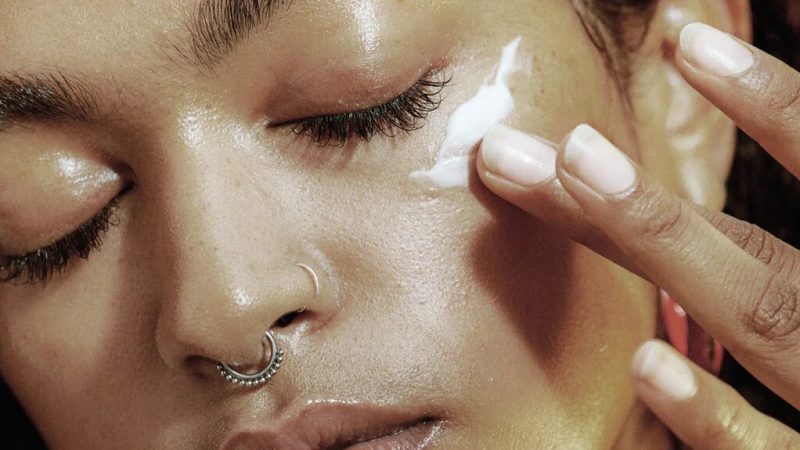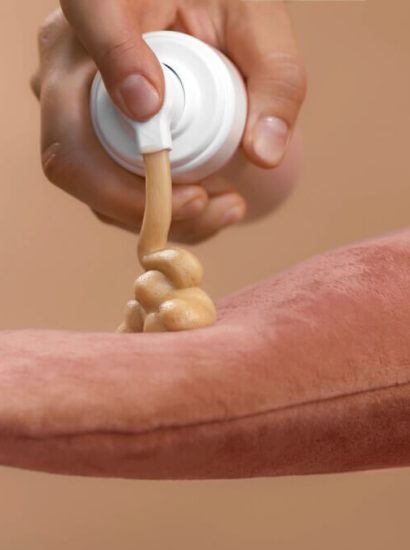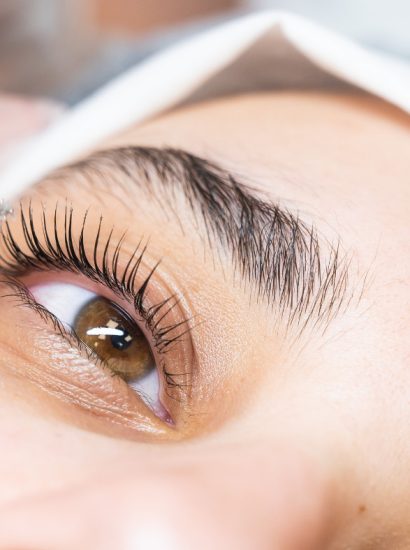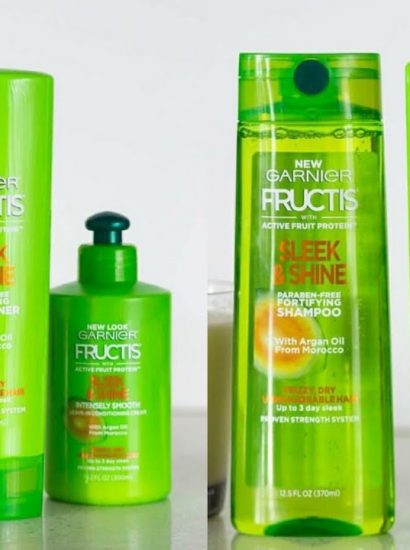Urea cream is a versatile topical treatment widely used in dermatology and skincare. This article explores what urea cream is, how it works, its benefits, and practical applications. We’ll dive into its uses for various skin conditions, skincare routines, safety tips, and more. By the end, you’ll understand why urea cream is a staple for dry, rough, or problematic skin.
What Is Urea Cream and How Does It Work?
Urea (carbamide) is a naturally occurring compound that helps moisturize the skin by attracting and retaining water. In topical form, urea cream typically ranges from 5% to 40% concentration:
- Low concentration (5–10%): Used for general moisturization and sensitive skin.
- Medium concentration (20–30%): Ideal for mild to moderate dryness or thickening.
- High concentration (35–40%): Targets severe hyperkeratosis (very thick or callused skin).
How it works:
- Humectant action: Attracts moisture from the environment and deeper skin layers.
- Keratolytic effect (higher concentrations): Softens and helps break down thickened skin.
- Barrier function improvement: Enhances absorption of other topical agents.
Top Benefits of Urea Cream
- Deep hydration: Restores moisture balance, helping the skin feel smoother and more pliable.
- Softens rough and cracked skin: Ideal for calluses, corns, heels, and elbows.
- Improves absorption: Makes the skin more receptive to other topical medications.
- Promotes exfoliation: Aids in sloughing off dead skin cells in cases of thickened skin.
Common Skin Conditions Treated with Urea Cream
Extremely Dry Skin (Xerosis)
Urea cream, especially 10–20%, provides rich moisture, making it effective for dry hands, feet, and arms.
Hyperkeratotic Skin, Calluses & Corns
Higher concentrations (30–40%) are keratolytic—softening tough areas and aiding removal of calluses and corns.
Eczema and Psoriasis
Used in moderate concentrations (10–20%) to relieve scaling and dryness in mild to moderate forms.
Athlete’s Foot and Fungal Infections
Helps soften thickened skin in athletes’ foot; often used alongside antifungal creams for better absorption.
Nail Problems (Onychomycosis)
Urea 40% is used under medical supervision to soften and detach fungal-infected nails for easier removal.
How to Apply Urea Cream Safely
Choose the Right Concentration
- Sensitive or mildly dry skin: 5–10%
- Moderate dryness, eczema, psoriasis: 10–20%
- Thickened skin, calluses, nails: 30–40%
Test for Sensitivity
Apply a small amount on the forearm for a day to check for irritation.
Use Regularly and Properly
- Clean and dry the area.
- Apply a thin layer 1–2 times daily.
- For severe dryness, consider occlusion (e.g., socks for feet).
- Combine with other treatments like emollients, topical steroids, or antifungals as needed.
Follow Precautions
- Avoid high concentrations on open wounds—can sting.
- Pregnant or nursing? Consult your healthcare provider before using higher strengths.
- Watch out for redness, stinging, or peeling—discontinue and seek guidance if these occur.
Urea Cream in Daily Skincare Routines
- Replace your regular moisturizer with a daily-use urea cream for added hydration.
- Use at night for thickened skin—skin repairs overnight, so it can work its best.
- Combine with gentle exfoliants (AHAs, BHAs) for synergy—but watch for irritation.
- Ideal for footcare: apply and cover with socks to maximize softness and healing.
Comparing Urea Cream with Other Hydrating Agents
| Feature | Urea Cream | Aloe Vera | Hyaluronic Acid | Lactic/Glycolic Acid |
| Main action | Humectant + keratolytic | Soothing/Anti‑inflam. | Humectant | Gentle exfoliant |
| For thickened skin | Excellent (higher % concentration) | Limited | Poor | Moderate |
| Ideal concentrations | 5–40% | N/A | 1–2% | 5–10% |
| Potential irritation | Higher % may sting cracked skin | Low | Low | Moderate |
Urea cream is specifically powerful for thickened, rough, or scaling skin compared to other humectants or gentle acids.
Real-World Use: Patient & Clinical Insights
- Clinical studies show urea cream can significantly improve dryness and cracking—often better than petroleum-based moisturizers.
- Dermatologist recommendation: Commonly prescribed for keratosis pilaris, ichthyosis vulgaris, and chronic dry skin conditions.
- User reviews:
“This softened my heel cracks in under two weeks.”
“My eczema improved after switching from a regular moisturizer to 10% urea cream.”
Conclusion
Urea cream is a powerful, versatile skincare ingredient that hydrates, softens, and exfoliates. Ranging from low to high concentrations, it’s useful for everything from regular moisturization to treating severe hyperkeratosis, eczema, and fungal-infected nails. When used appropriately and combined with proper skincare practices, it offers safe and effective results. Always choose the right concentration, test for sensitivity, and consult a healthcare provider when needed.
FAQs
1. Is urea cream safe for everyday use?
Yes. Low-concentration urea creams (5–10%) are safe for daily use on normal or dry skin. For higher concentrations, use nightly or under guidance.
2. Can I use urea cream on my face?
Yes, but stick to 5–10% concentrations. Higher concentrations can cause stinging or irritation on sensitive facial skin.
3. How fast does urea cream work?
Many users notice softer skin within 3–7 days; thicker areas may take 1–3 weeks of consistent use.
4. Can I use urea cream with other products?
Absolutely. It works well with topical steroids, antifungals, and gentle exfoliants. However, patch-test to ensure no irritation.
5. Does urea cream remove calluses permanently?
It helps soften and gradually remove callused skin with regular use. Maintenance applications (1–2 times weekly) are often needed to prevent reoccurrence.
Also read: SkinCeuticals Hydrating B5: 10 Skincare Products to Pair It With





